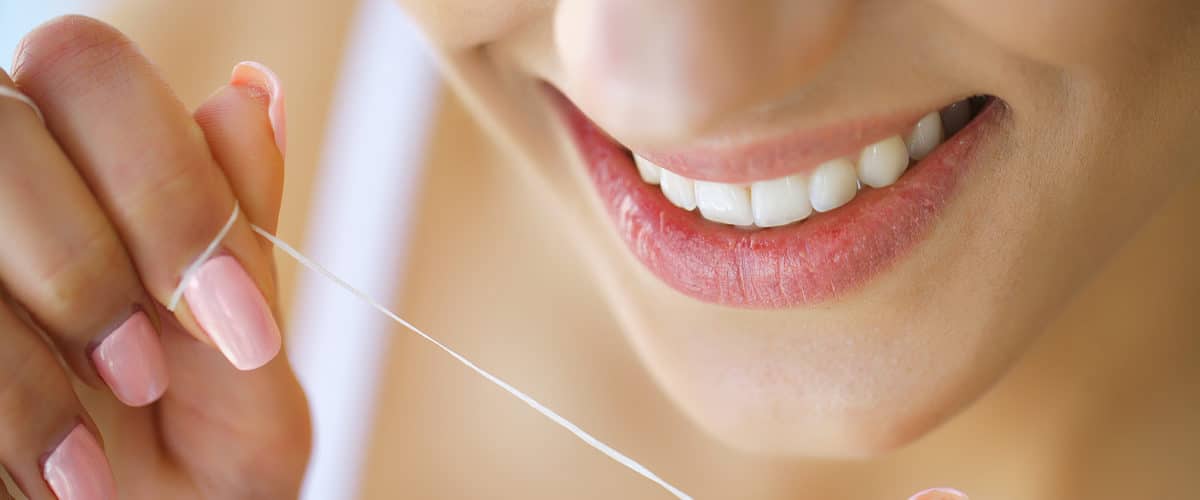It might not seem important to floss your teeth; after all, you brush your teeth regularly, and isn’t that more than enough? According to the American Dental Association (ADA), brushing isn’t enough.
The ADA recommends flossing at least once a day because brushing only cleans the outside of teeth, whereas flossing gets between the teeth and works the gum line. When you floss, you remove food and plaque buildup from these two areas — an important step to preventing gum disease and tooth loss.
Plaque is extremely bad for teeth. When you eat and drink, the resultant bacteria creates acid that clings to and damages your teeth and enamel. Over time, this can lead to tooth decay, cavities, infected gums, and gum disease (which is also called periodontal disease). But if you’re removing the plaque from your teeth regularly by flossing—an activity that takes a few minutes per day—you can prevent all of these harmful side effects.
When left on teeth, the bacteria from plaque brings about changes to the ‘environment’ of your mouth. In other words, the more harmful bugs and bacteria are given a more suitable place to survive.
Once the more harmful bacteria plants its way in you’re at a greater risk of developing gum disease, gingivitis, tooth decay, and other harmful side effects. Flossing helps to break bacteria apart in those places that a toothbrush can’t get reach.
Not flossing is most likely to result in gingivitis, which is an infection in the gums. The early signs of gingivitis are tender or reddened gums, and bleeding may occur when brushing or flossing, but many people find bleeding easy to ignore. As the infection spreads, though, pus can develop, but people may still ignore it until it’s further along.
Sometimes it’s not until the disease begins to cause tooth decay or loss that people begin to understand why flossing is so important.




